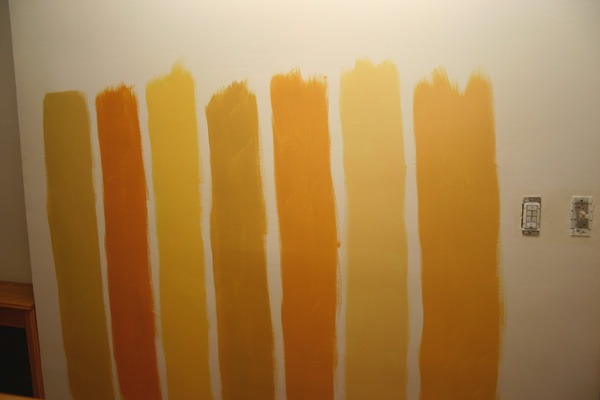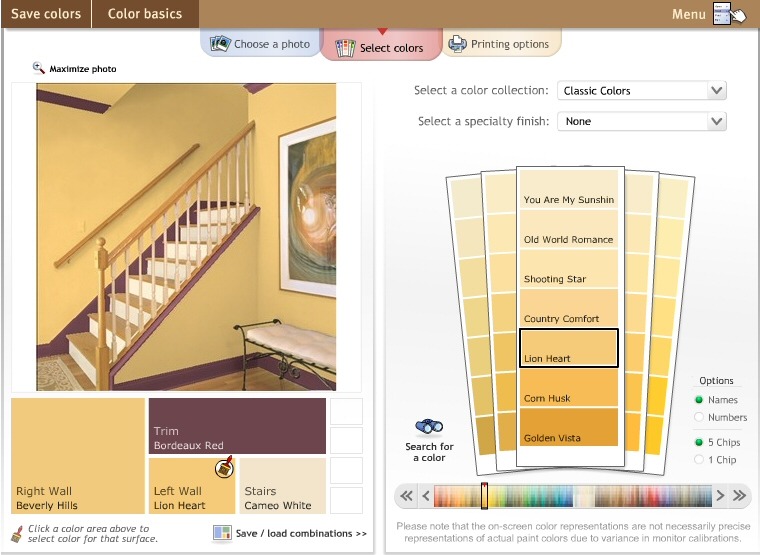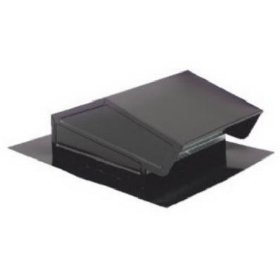It’s not complicated enough that a novice DIYer has to learn the skills, tools, techniques and best practices for what is otherwise a simple job in the hands of the All Knowing. He also has to learn the Babylonian nomenclature for the stuff he needs to do it. For instance, last year I was derailed for two days trying to find the name for a particular type of moulding I needed for the wainscot in my master bedroom renovation.
old roof cap I had the same problem trying to find the rooftop vent “thingie” for my bathroom fan. The not-too-bright helper for the GC I’d hired to rough-in my upstairs bathroom a few years ago had installed the wrong kind. It’s not called a “fan vent”. It’s called an “exhaust roof cap”. It took me an hour in Google just to find the correct name for it.
Igor may have known what it was called but not what it was for. It’s intended for a pitched roof. I have a flat roof. As a result, this was the source of three years of water leaks which were damaging my pristine walls and kept me scratchin’ and fixin’ until I sussed out what the problem was. After finding the product (a Broan #636 roof cap) it took three seconds with the literature to find “DO NOT INSTALL ON A FLAT ROOF”.

While waiting for it to be delivered, Brooklyn is once again being hammered by a storm this morning. An hour ago, I climbed up on the roof and stuffed three wadded-up plastic garbage bags into that port. That should, I hope, stop the leak.

I bought several 2oz Benjamin Moore color samples and painted them on the wall for comparison. I’ve decided on a gold-ish color to blend in with the woodwork and also not clash with the deep red and green of the dining and living rooms respectively (not to mention the pumpkin bronze of the kitchen). It’s not an exciting color but with all the strong colors I used here I’ve got to be careful about having a Barnum & Bailey house.
But none of these colors do it for me. They’re either too dark, too yellow or too brown.

I entered their names, picked a sample photo and found the color I want: Lion Heart. I’ve been burned by online colors before (see the atrocious tub color in my bathroom reno) so I’ll get a quart of this first and make sure it works.
For an extra ten bucks, I could have this tool use my own photos. What a great online resource!

